When I read Nicole Caruth’s write-up of Miriam Simun’s Lady Cheese Shop last week, I screamed, “she stole my blog post!” Simun was a fellow student of my program until a week ago, when she presented her thesis and secured her graduation from our program. My work area at school was across from hers this past semester and I got to watch as her projects developed. At times she used my desk without my knowledge, but she was very considerate of cleaning up any curdled and sticky messes.
I had been meaning to blog about Simun’s work but I was clearly too slow. I’m not taking any more chances. Here is a selection of the finest work of the recent graduates of Tisch’s Interactive Telecommunications Program. Best of all, their thesis presentations are available for viewing here.
Hana Marie Newman: 8
Hana Marie Newman’s 8 is a portable and fashion-friendly personalized air unit. It consists of a hand-blown oxygen mask, oxygen tank, and harness. Wearing the piece is akin to choosing to solely drink imported bottled water over more readily available and eco-friendly tap water.
Newman’s dress draws attention with its futuristic design and clearly points out the irrationality of our disposable culture. “I didn’t want to criticize directly and instead exposed the absurdity by becoming a champion of Personal Air Units,” she explained. Though 8 is beautiful, I truly hope I won’t find one in my size on my next shopping trip.
Benji Canning-Pareira: Halien
On the other end of the consumer spectrum, Benji Canning-Pereira embraces advertising culture and utilizes a viable product as a vehicle for discussion. His hair gel, Halien, includes a thermochromic solution that allows the user to change hair color by applying heat.
Beneath its tongue-in-cheek gimmicky packaging, Halien is a deeply rooted exploration of identity. Canning-Pereira used the product daily for months, embodied the personalities he associated with his different hairstyles and explored how his appearance would affect how people treat him. “A product is always about selling something,” he explains. “Our bodies and appearances are a brand within themselves.”
Arturo Vidich: Body Island
It has been a good year for Arturo Vidich. His nonprofit arts collaborative, Culture Push, has been receiving well-deserved significant acknowledgment. He got to dance intimately with a goat carcass on a dusty mattress for Ishmael Houston-Jones’s reconstruction of the seminal work THEM. And he completed his thesis project, Body Island.
In Body Island, a performer and ten rats are placed within a closed structure while three camera feeds of the interaction were projected to the audience, who were free to roam the space. The footage was edited in the style of wildlife documentary, treating the human body as a landscape. Vidich spent over a year planning for the project and is continuing his work on it. The next stage will be a 4-channel video installation of the recorded footage.
Patricia Adler: Oculus
Patricia Adler’s installations are always satisfyingly succinct, but her latest piece, Oculus, takes the cake. Inspired by Hieronymus Bosch’s Garden of Earthly Delights and Heisenberg’s Uncertainty Principle, when viewers look inside Oculus, an extreme state of either ecstasy or misery is projected onto a diorama. Their viewpoint shapes their reality. Heaven or hell is in the eye of the beholder.
My favorite part of Adler’s process are her mature self-editing decisions. Her research led her to hack a PlayStation Eye and an infrared camera, but using them would would have drawn attention away from the piece and more towards the technology. Instead she stuck with the basics — potentiometers attached to the eyepiece and customized software. This considerate choice made it less a technical masterpiece and more like magic.
Sofy Yuditskaya: Durations in Difference of the Eternal Return
I first met Sofy Yuditskaya while she was editing footage in a cosmonaut’s helmet. It helps her concentrate, she explained. Yuditskaya’s latest work, Durations in Difference of the Eternal Return, is an interactive installation consisting of a webcam and projector hanging above a table painted with chalk board paint.
Viewers are invited to inscribe upon the table and their actions get projected and replayed directly on the site of their occurrence, in essence sampling the past and revealing the narrative arcs embedded.
Minette Lee Mangahas: Sonic Physiognomy
How does a person’s face sound? Minette Mangahas explores this question with Sonic Physiognomy, an installation wherein participants have their faces scanned and translated into a series of chimes and harmonies depending on their facial topographies.
Mangahas’s sonic portraiture appropriates the science of facial recognition from the politics of surveillance to a project which produces natural and ephemeral music. The face scanner is made mostly out of corrugated cardboard and is a collaboration with architect Adam Brillhart. The programming is created with the assistance of light artist Matt Richard.
Andrea Wolf: Little Memories
Andrea Wolf is a Brooklyn based artist who trawls flea markets and estate sales for found footage to include them in her video installations. She creates new narratives and exposes our need to inscribe time and memory onto objects and images.
Little Memories is a collection of tiny video sculptures and small-scale projections placed on walls and corners. The viewer often “finds” them rather than have them explicitly displayed as installations, playing with the notion of nostalgia and creating intimate souvenirs.
Melissa F Clarke: Untitled Antarctica
There is a dark elegance in all of Melissa F Clarke’s work, so I was excited when I heard she was taking on the romantic connotations of Antarctica for her Master’s thesis. Her series of multimedia pieces, Untitled Antarctica, include prints, video sculptures, and a sound piece.
One of the sculptures is made out of carefully arranged sheets of broken glass, evoking the shapes and topographies of glaciers and ice gouges. The other is a series of sloping geometric additions to existing walls. Two videos are projected onto the sculptures, one which iterates through seismic profiles compiled by geophysicists and another through the scientific rendering of an ice gouge and 3D topographies. Clarke composed the sound based on bathymetry (the study of underwater depth of lake or ocean floors) data, and synced it to the videos. Beyond its aesthetic pleasantries, Clarke’s work reveals Antarctica as a spectacle and exposes our fascination with the unknown and the uncharted.
As I reviewed the many great projects my fellow ITP students produced, I realize we flocked here to look behind the wizard’s curtain and build new tools for our work. But this creates a taxonomic problem: what exactly is ITP? It’s too art school for the tech world and yet it’s not regarded an art institute by curators and artists. Nor does it define itself as so. Despite being housed in the Tisch School of Performing Arts, the program provides a Master’s in Professional Studies.
We live in a world where the MFA is the new MBA. Graduate school is a place and time of development, no matter the student’s role — an artist, a coder, or a even a blogger. Sometimes it’s our responsibility to make our own tools, but we must remember that tools are to be used, not displayed. I am proud of the pocket knife I have built for myself so far, but I am more than eager to see what will come out of my final year, when I get to whittle out all the unnecessary chips from the raw materials my graduate education has afforded me.


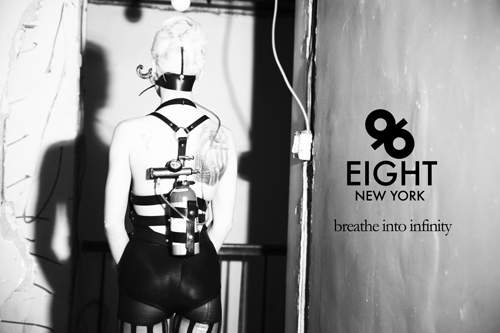

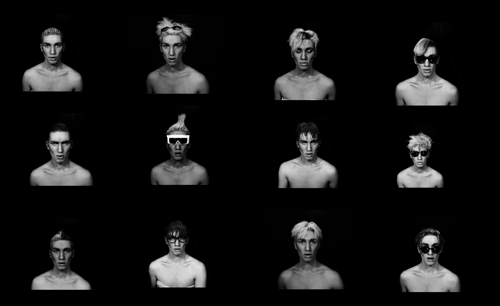
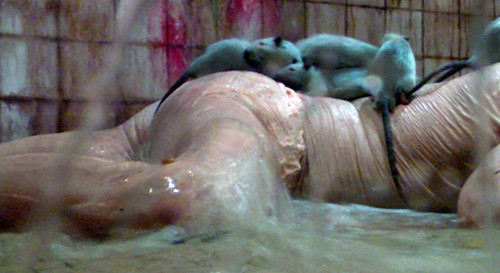


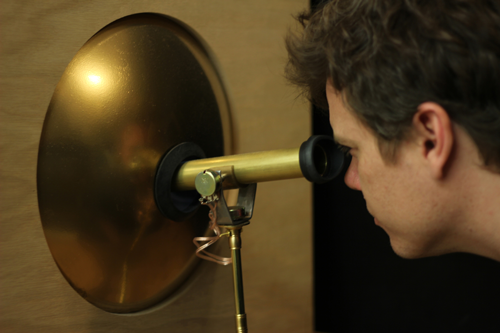
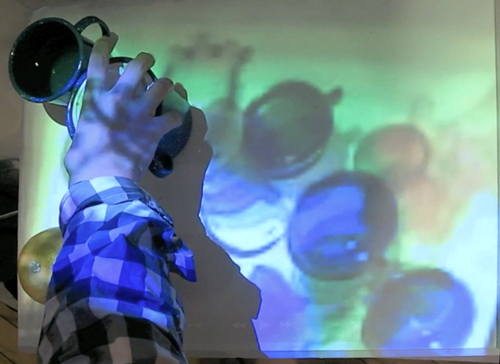
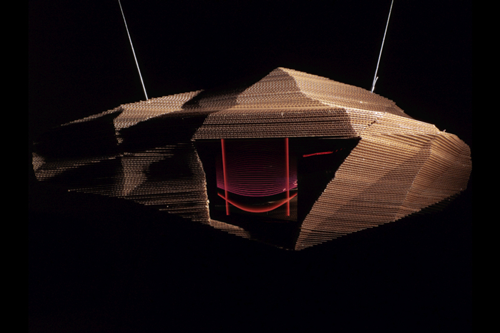
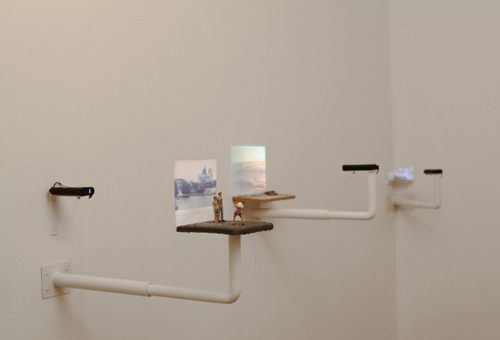

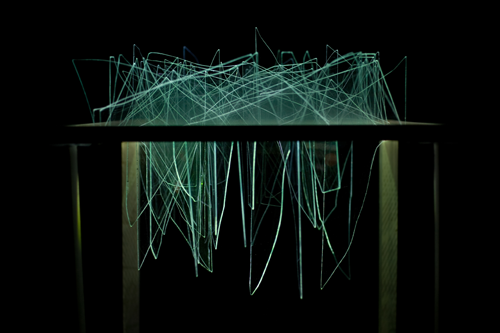
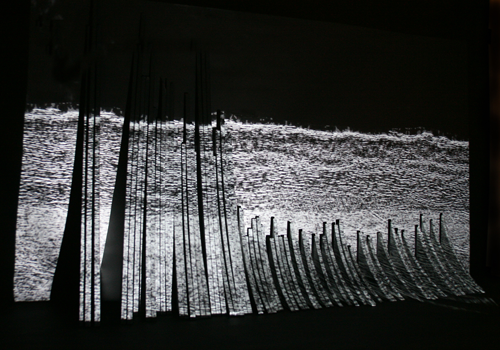



Pingback: Open Enrollment | Broadcasting Nostalgic | Art21 Blog